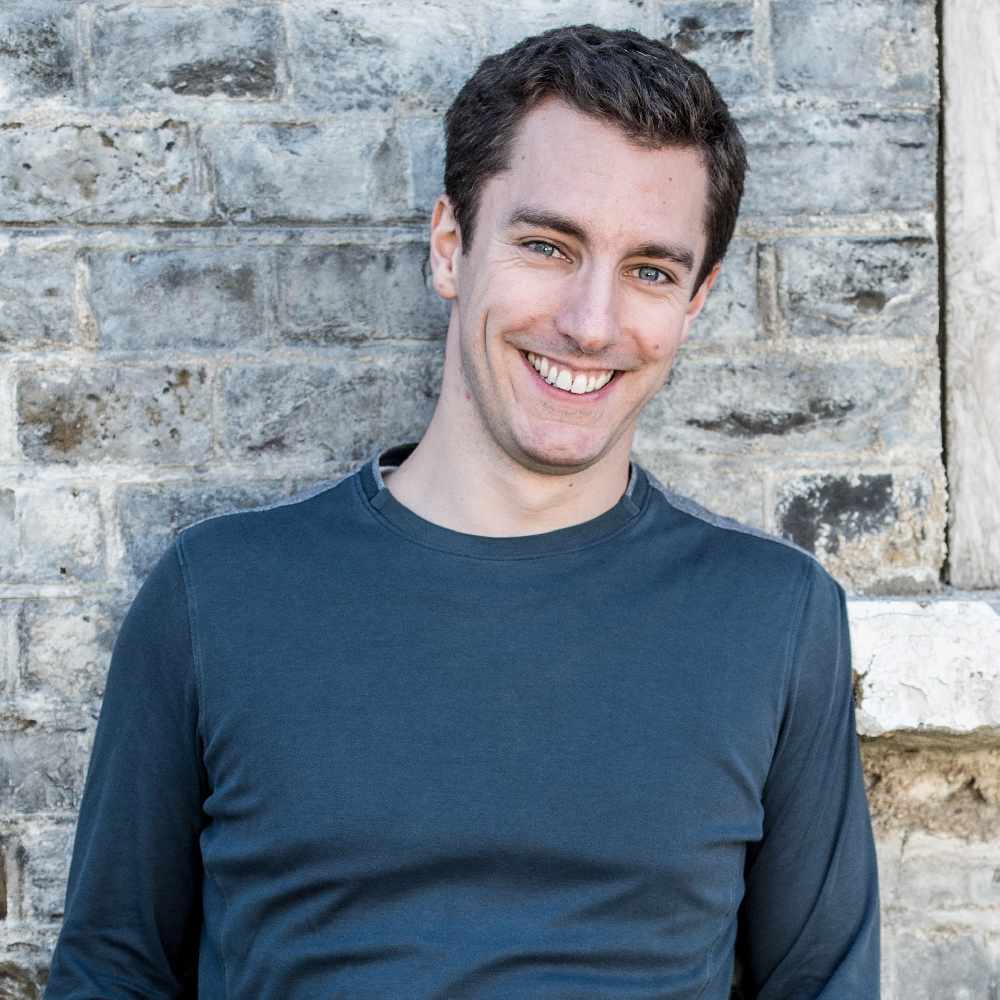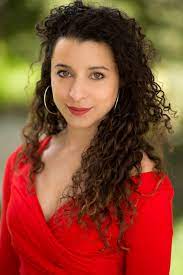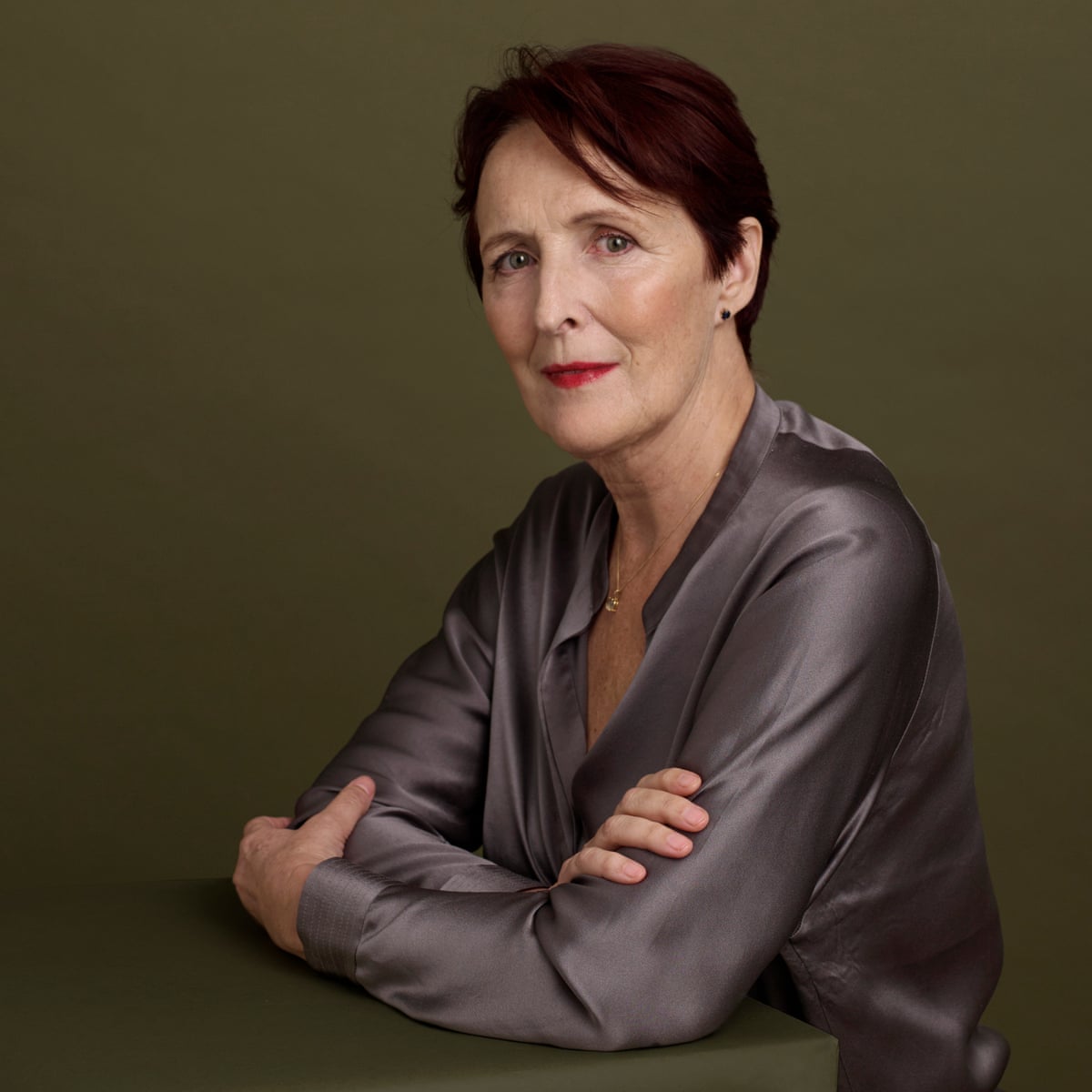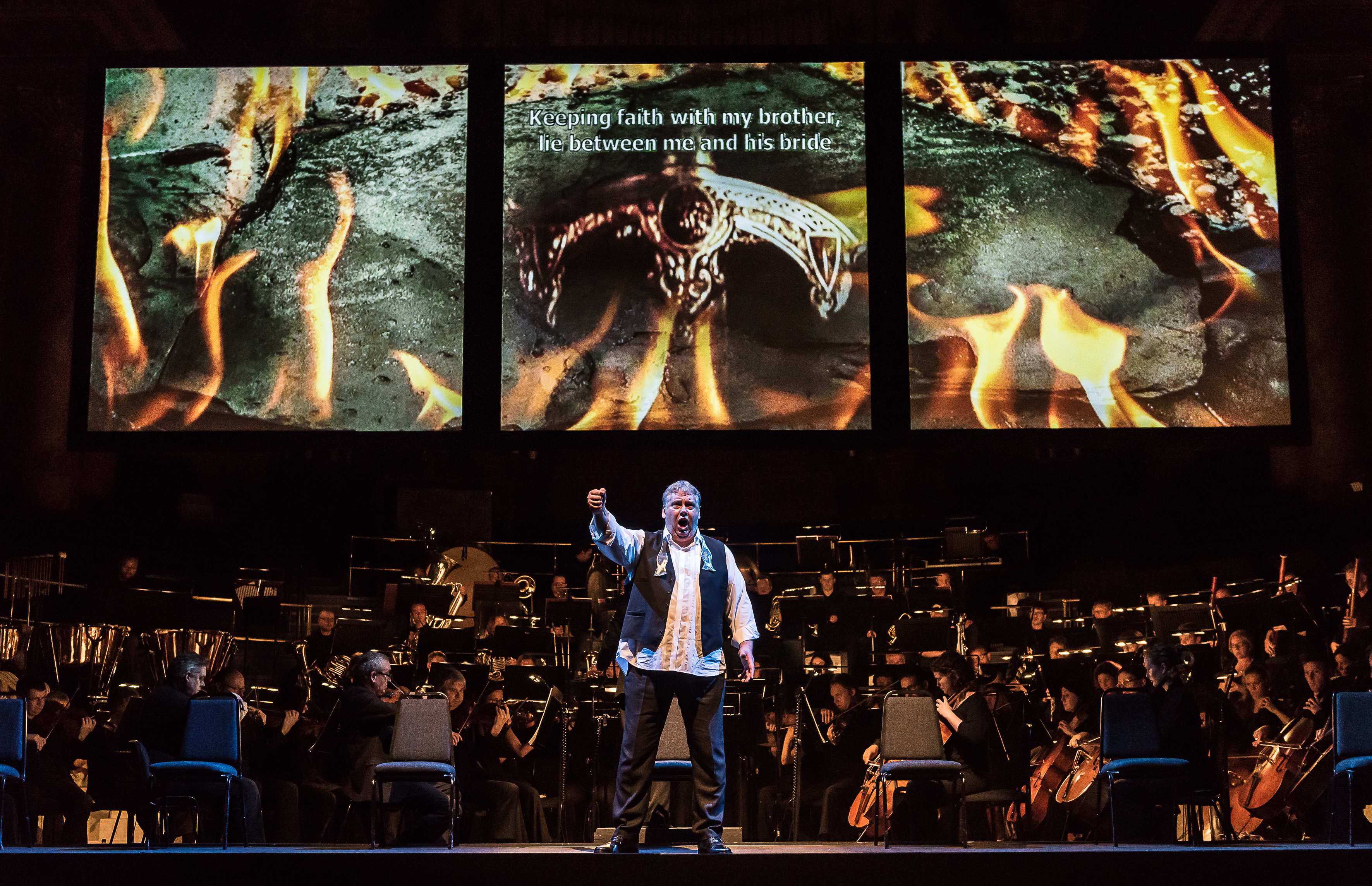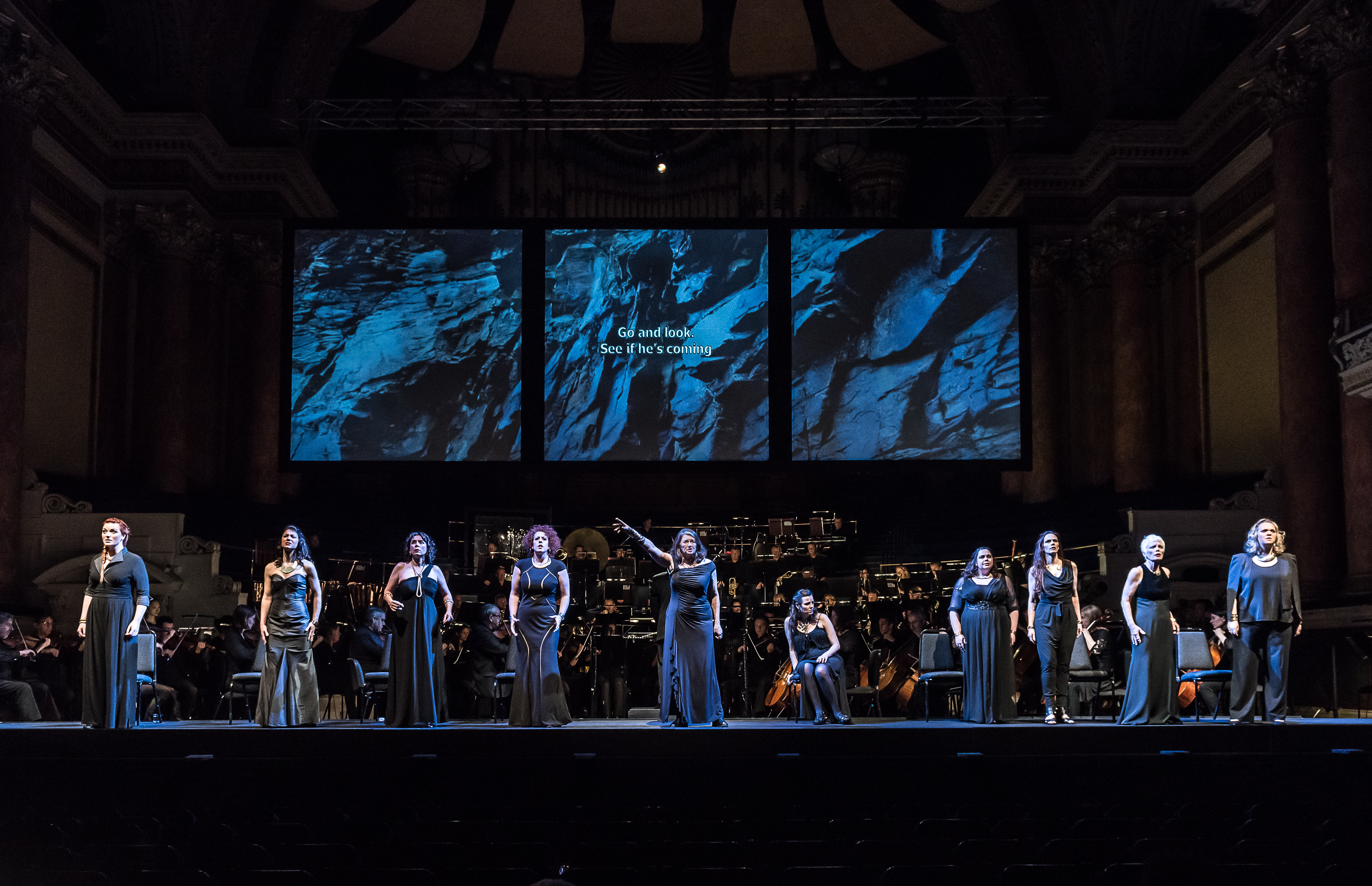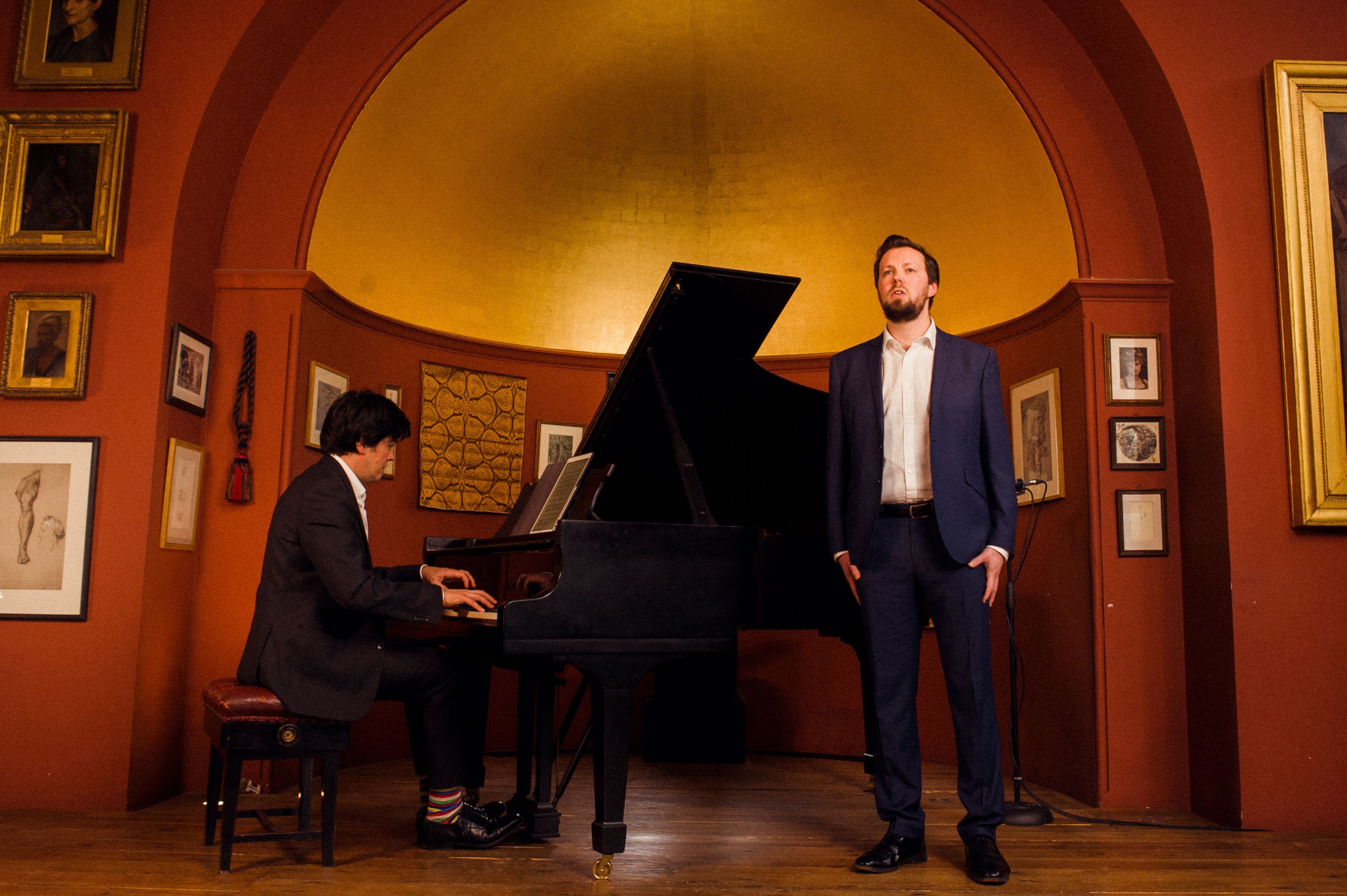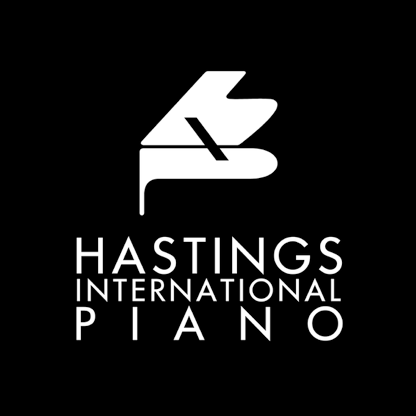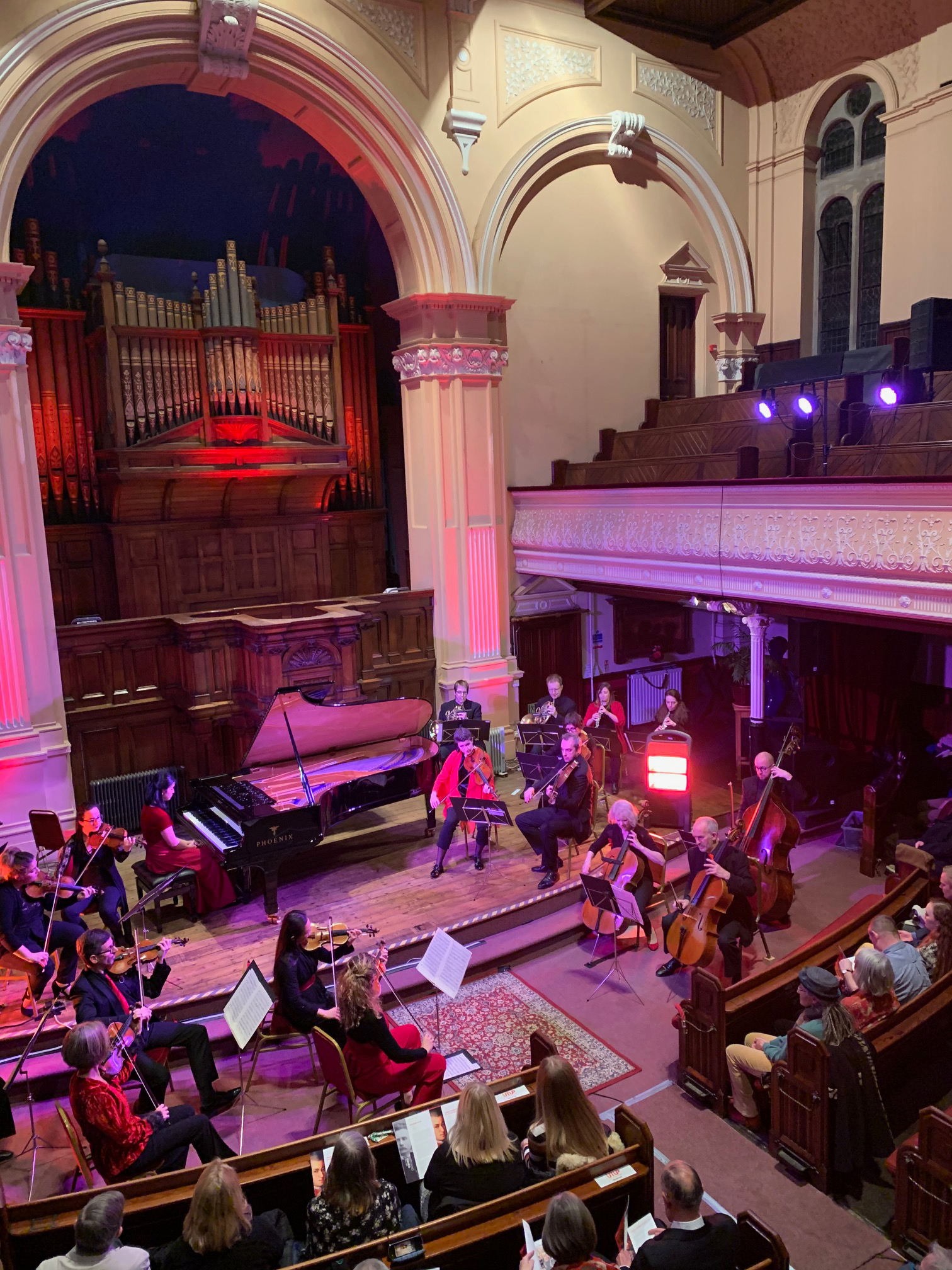JOSQUIN DES PREZ – MOTETS & MASS MOVEMENTS
THE BRABANT ENSEMBLE, conductor Stephen Rice
HYPERION CDA68321 78’38
FRANCISCO GUERRERO – MAGNIFICAT, LAMENTATIONS & CANCIONES
EL LEON DE ORO, conductors Peter Phillips & Marco Antonio Garcia de Paz
HYPERION CDA68347 60’53
There is a very ‘easy’ feel to these two CDs of Renaissance choral music. The various lines flow with a calm legato, disguising the underlying complexity of composition, allowing the listener to be transported to a different time and place. In the first case France in 15th/early 16th Centuries and in the second, Spain of the mid to late 16th Century. The second CD carries additional interest and authenticity by including alongside Latin texts, a set of Cantiones y villanescas espirituales, written in Spanish and sung here by a Spanish choir.
CECILIA McDOWALL – SACRED CHORAL MUSIC
CHOIR OF TRINITY COLLEGE, CAMBRIDGE, conductor Stephen Layton
ALEXANDER HAMILTON, organ
HYPERION CDA68251 69’56
Cecilia McDowall’s music here blends exciting contemporary harmony and soaring melodies with features that connect and return us to choral writing from the renaissance and medieval periods. Adoro, te devote is a case in. point with echoes of Allegri’s Miserere. Unaccompanied settings of Latin and English texts are sung here by the large cast choir augmented with soloists and small groups. The substantial solo organ O Antiphon Sequence played by Alexander Hamilton serves as a beautiful contrast before the choir concludes with The Lord is good.. Exquisite music and performances.
ALEXANDER CAMPKIN – CHORAL WORKS
VOX CHAMBER CHOIR, conductor David Crown
Colin Spinks, organ, Tristan Fry, tam-tam
NAXOS 8.574186 64’13
Alexander Campkin has established himself as one of a number of younger British composers writing choral music that is fresh and innovative. True Light (2011) and Missa Brevis (2009) are the two largest works here together with three other more recent pieces. To my ear there are times when the choir could do with a slightly tighter delivery but perhaps this is part of the intended effect of this music which is often ethereal and gently shifting. A very enjoyable disc.
AND THE SUN DARKENED – MUSIC FOR PASSIONTIDE
NEW YORK POLYPHONY
Geoffrey Williams, counter-tenor, Steven Caldicott Wilson, tenor
Christopher Dylan Herbert, baritone, Craig Phillips, bass
BIS SACD BIS-2277 58’26
This is a beautifully programmed and produced CD. Taking settings of medieval devotional texts and earlier prayers much of this music dates from the 15th & 16th Centuries. Inserted among compositions by Loyset Compere, Josquin Desprez and others are two works by Andrew Smith (b. 1970) and Cyrillus Kreek (1889-1962). Despite the obvious differences in harmonic structure these more modern works do not feel out of place and actually add to the sense of an ongoing tradition and a timelessness of devotion. The performances by New York Polyphony are first rate.
FRANCOIS COUPERIN – LES REGRETS OU L’ART DE LA MELANCOLIE
STEFANO LORENZETTI, harpsichord
DYNAMIC CDS7879 72’28
Fresh performances of this early 18th century keyboard repertoire are given here by Stefano Lorenzetti on a 1986 Tony Chinnery French harpsichord.
LA LA HO HO – 16TH CENTURY VIOL MUSIC FOR THE RICHEST MAN IN THE WORLD
LINAROL CONSORT
INVENTA INV1005 67’26
This must be one of the most striking titles for a recording in recent years. Consisting of a recording of early 16th Century viol music from a new edition of a manuscript dating from around 1535. It was placed in the library of Jacob Fugger, a wealthy German merchant. The title of the CD is the name of one of the short works, this one by Heinrich Isaac. An intriguing disc.
RELATIONSHIPS – MUSIC FOR VIOLIN & PIANO
BY ELIZABETH MACONCHY, NICOLA LEFANU & GILES SWAYNE
MALU LIN, violin. GILES SWAYNE, piano
RESONUS RES10271 75’56
Another intriguing CD, this one is based around the family relationships of the composers whose music is featured here. There is great variety, from the opening reflective solo violin in Elisabeth Maconchy’s Violin Sonata to the more exuberant rhythmic violin and piano Duo by Giles Swayne. Other music by these two completes the disc alongside Nicola LeFanu’s Abstracts and a Frame.
LINDA CAITLIN SMITH – MEADOW
MIA COOPER, violin, JOACHIM ROEWER, viola, WILLIAM BUTT, cello
LOUTH CONTEMPORARY MUSIC
An intimate, unhurried, meditative experience, this is a very enjoyable CD. The composer’s notes state that the intention is to let the music speak for itself and not be too explained. Apart from saying that the music is built of short episodes no further hints of structure are given as the music plays in a single track. Details from www.louthcms.org
GIROLAMO FRESCOBALDI – UNPUBLISHED MUSIC FROM “CHIGI CODICES”
IVANA VALOTTI, organ of Basilica palatina di Santa Barbara, Mantova, Italy (1565)
TACTUS TC580609 71’23
CECILIA McDOWALL – ORGAN WORKS
WILLIAM FOX, organ of St John the Evangelist, Islington, London
LUCY HUMPHRIS, trumpet
NAXOS 8.579077 65’04
Two single composer organ recordings complete this selection. They could not be more contrasting and would serve as a very good illustration for those who still believe that all organ music sounds the same! A world premier recording of organ music by Frescobaldi (16th/17th Century) is a rare thing but as the subtitle makes clear this music was unpublished and so has remained relatively “off the radar”. This music requires dexterity from any player and thanks to organist and appropriate historical instrument we are transported back to Renaissance Italy.
The second CD complements the earlier mentioned CD of Cecilia McDowall’s choral music. Here we turn to her work for organ. Some of these also feature a part for trumpet. Again there is a real contrast within the programme here, from reflective slow moving passages to exciting rhythmic episodes. This is very definitely writing for the contemporary organ. Many of the works here are less than a decade old and a number are world premier recordings.
SP

